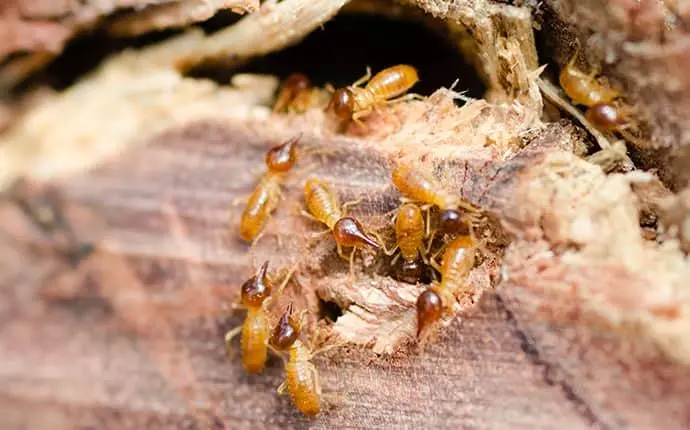There are a huge number of different species of termites, but the subterranean termite is the most common. The fact that they can build their colony in moist areas protects them from extreme temperatures while still allowing for growth.
Subterranean Termite Habitats & Behaviors
When you think of termites, you might not think of them as social insects, but they do form colonies. They’re not solitary creatures and instead live in colonies consisting of the queen and her offspring. Other members of the colony are workers or soldiers. As a colony matures it sends out alates, or reproductive termites, to swarm and begin new colonies nearby.
Termites feed on wood, as they eat they create space for the colony to expand. Subterranean termites can’t survive in dry environments, so they look for wet areas near wood, such as ground that has high water tables or storm drains that lead directly into homes.
The subterranean termite also reproduces more quickly than other species, which means their colonies grow exponentially – unless controlled by pest management professionals. Because they can stay in large population numbers while still not getting too hot or too cold, the subterranean termite can dominate other species in these conditions.
Several female offspring usually mature at the same time, and then all work together to feed their brood: the colony. This strategy is important because it allows the colony to withstand fluctuations in food sources or wet conditions that might otherwise cause a decline in food supply or temperatures that could kill off workers.
The Damage Termites Can Do To Your Property
Subterranean termite damage is hard to detect at first. They live in your walls, so it’s not easy to see what they’re doing, and property owners are often unaware of the damage until it is very advanced.
Termites are destructive. As they eat away at the wood, their tunneling makes it hollow and weakens the structural integrity of your home. Subterranean termites choose wood as their food source because of the cellulose it contains. They also eat other cellulose-based products, books, boxes, paper, furniture, and drywall.
Termite Prevention Tips
Because subterranean termites can cause so much structural damage, you should take action before you see signs of a possible infestation. This includes:
- Addressing moisture issues and soil-to-wood contact.
- Keeping gutters clear and limiting other channels that might be susceptible to excess moisture.
- Checking for possible signs of wood that is eaten away by termites.
- Keeping the soil around your home at a healthy level of humidity.
- Using pressure-treated wood outside.
- Repairing leaky faucets and pipes.
- Using a dehumidifier when needed.
- Removing any wood that might provide a food source for termites, such as trees and branches close to the home.
If you find damage that’s consistent with termite activity, such as sawdust piles around your home, noticing cracks forming in drywall, don’t worry; you can still save your home.
The best course of action to protect your property from subterranean termites is with professional assistance. Contact Innovative Pest Solutions today to learn more about our effective termite control options.






